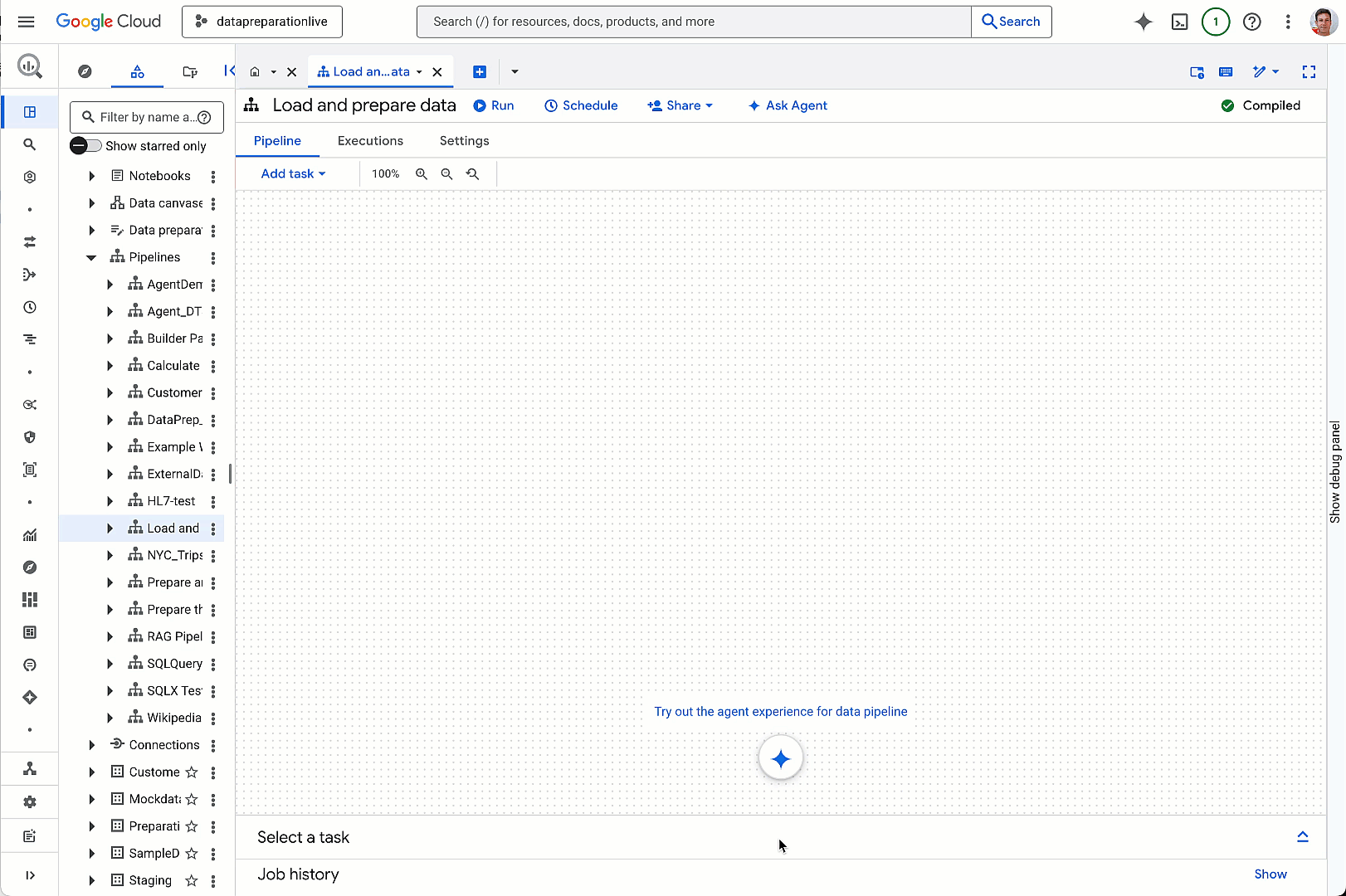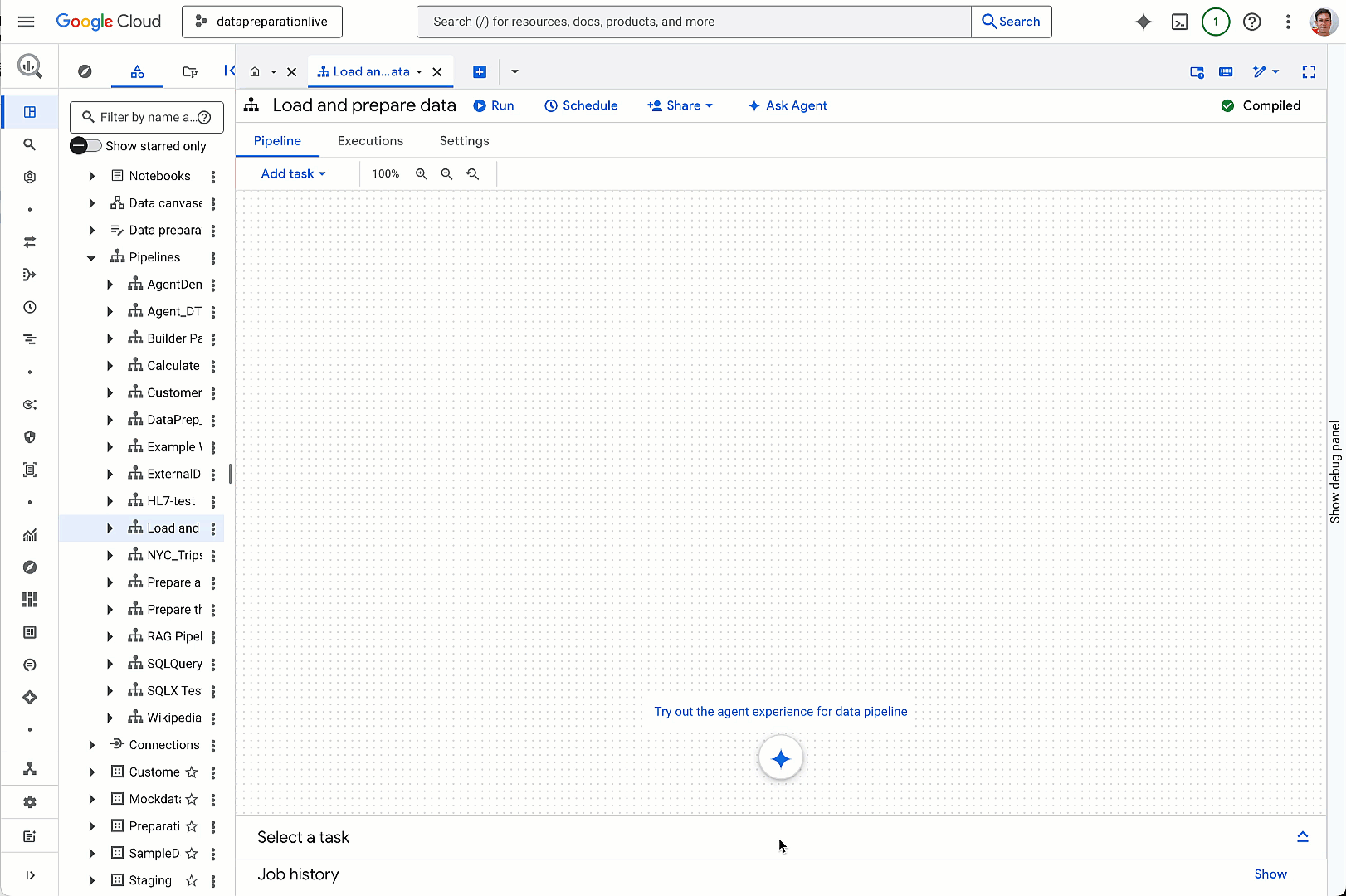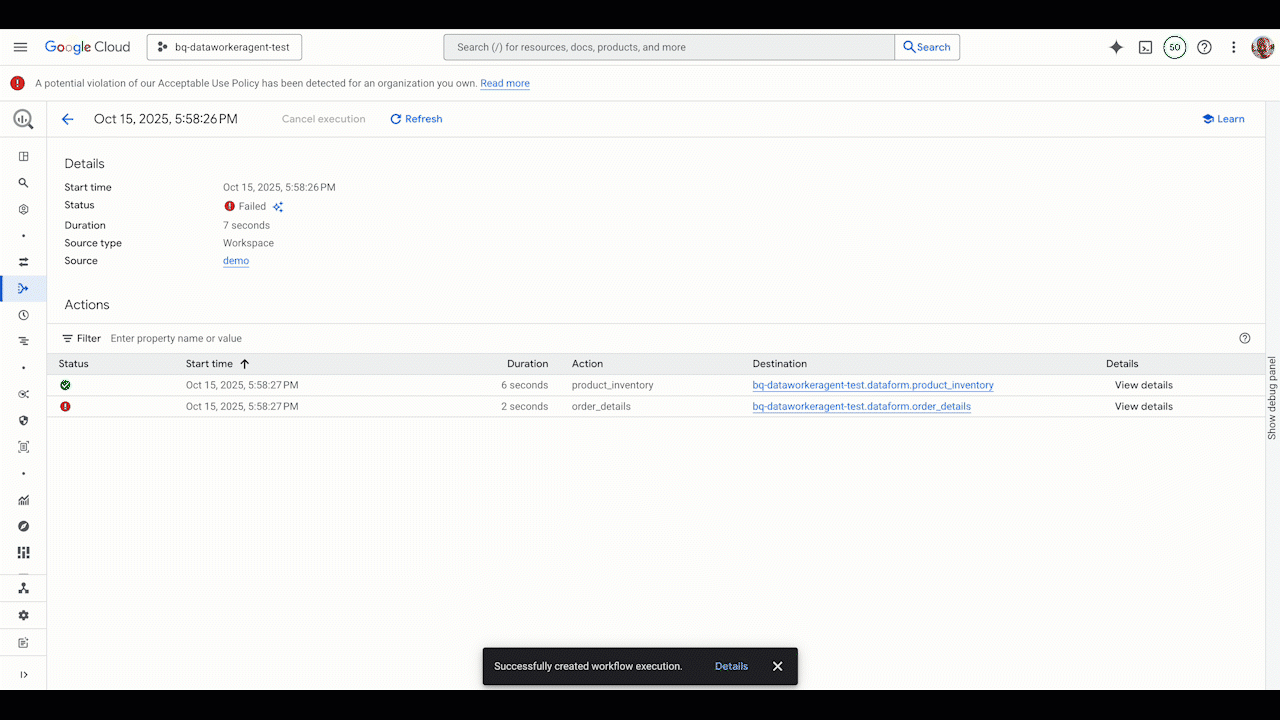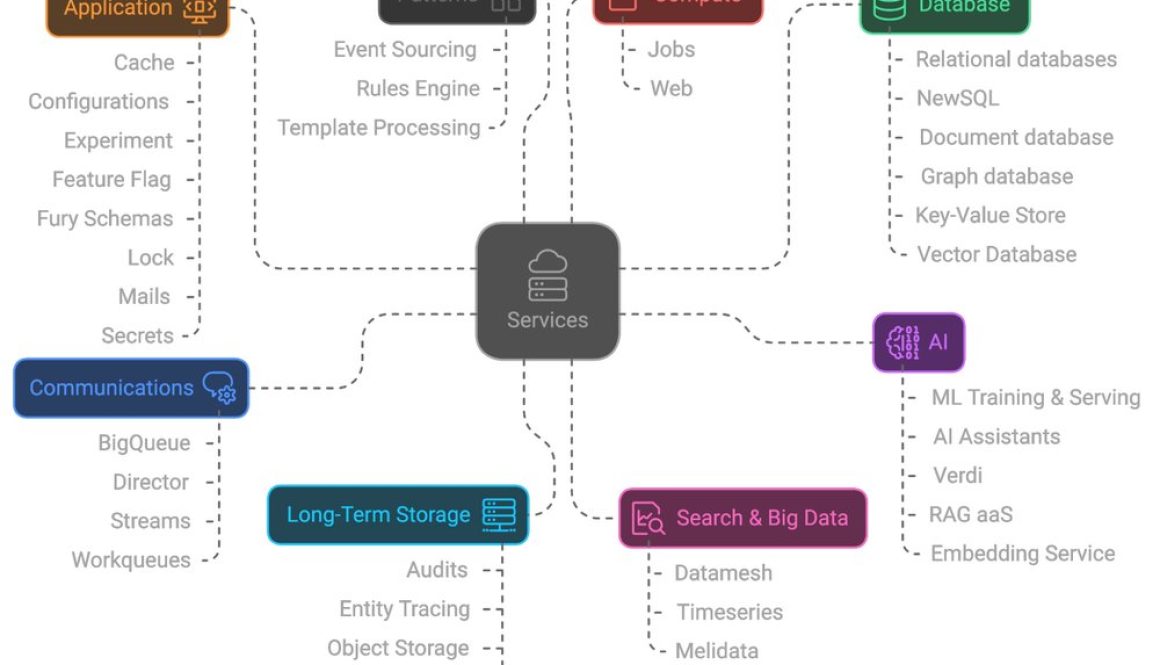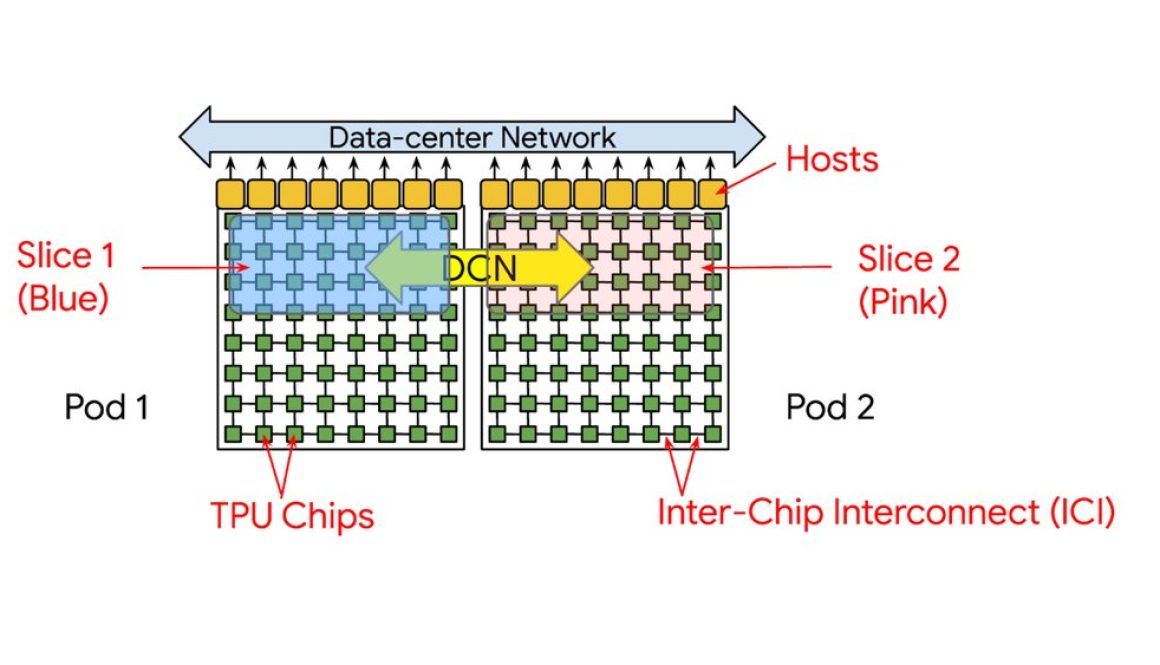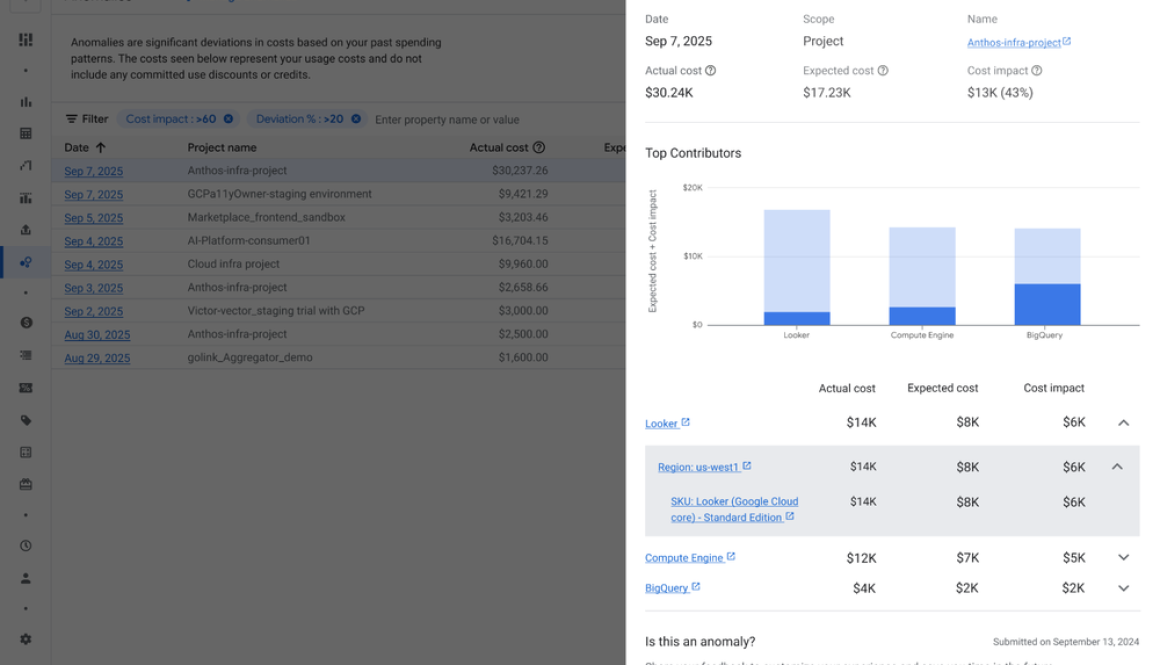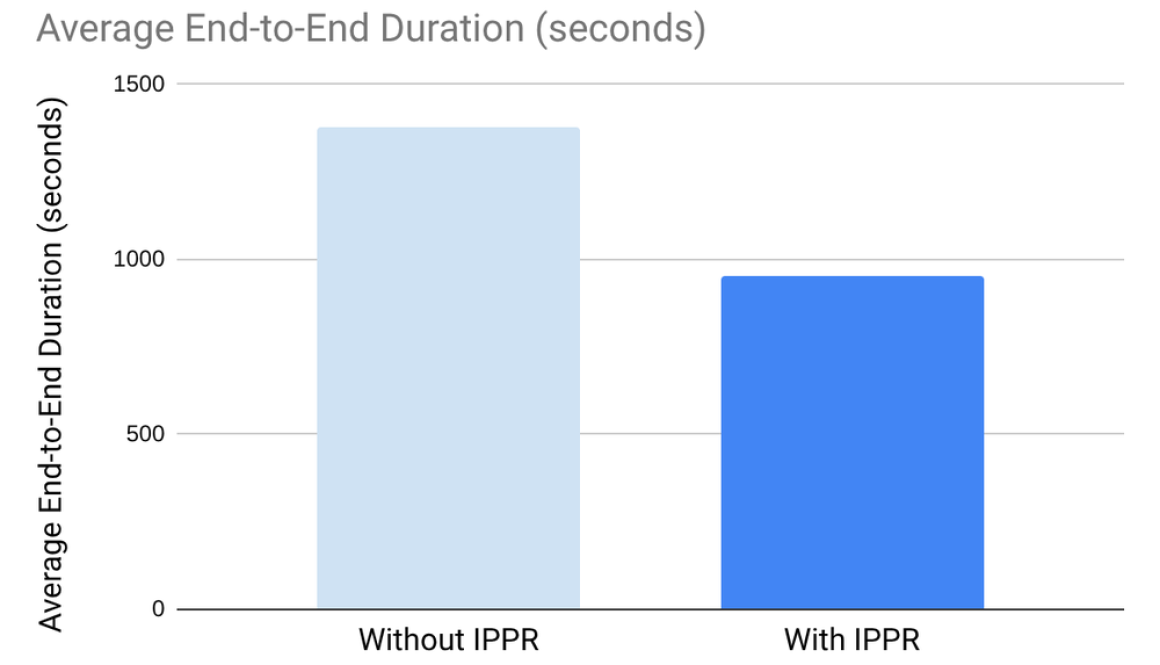GCP – Preparing for Threats to Come: Cybersecurity Forecast 2026
Every November, we make it our mission to equip organizations with the knowledge needed to stay ahead of threats we anticipate in the coming year. The Cybersecurity Forecast 2026 report, released today, provides comprehensive insights to help security leaders and teams prepare for those challenges.
This report does not contain “crystal ball” predictions. Instead, our forecasts are built on real-world trends and data we are observing right now. The information contained in the report comes directly from Google Cloud security leaders, and dozens of experts, analysts, researchers, and responders directly on the frontlines.
- aside_block
- <ListValue: [StructValue([(‘title’, ‘Cybersecurity Forecast 2026’), (‘body’, <wagtail.rich_text.RichText object at 0x7f8364758b20>), (‘btn_text’, ‘Download now’), (‘href’, ‘https://cloud.google.com/security/resources/cybersecurity-forecast?&utm_source=cgc-blog&utm_medium=blog&utm_campaign=FY25-Q4-GLOBAL-ENT37011-website-dl-cyber-forecast-124843&utm_content=launch_blog&utm_term=-‘), (‘image’, <GAEImage: forecast 2026 cover>)])]>
Artificial Intelligence, Cybercrime, and Nation States
Cybersecurity in the year ahead will be defined by rapid evolution and refinement by adversaries and defenders. Defenders will leverage artificial intelligence and agentic AI to protect against increasingly sophisticated and disruptive cybercrime operations, nation-state actors persisting on networks for long periods of time to conduct espionage and achieve other strategic goals, and adversaries who are also embracing artificial intelligence to scale and speed up attacks.
AI Threats
-
Adversaries Fully Embrace AI: We anticipate threat actors will move decisively from using AI as an exception to using it as the norm. They will leverage AI to enhance the speed, scope, and effectiveness of operations, streamlining and scaling attacks across the entire lifecycle.
-
Prompt Injection Risks: A critical and growing threat is prompt injection, an attack that manipulates AI to bypass its security protocols and follow an attacker’s hidden command. Expect a significant rise in targeted attacks on enterprise AI systems.
-
AI-Enabled Social Engineering: Threat actors will accelerate the use of highly manipulative AI-enabled social engineering. This includes vishing (voice phishing) with AI-driven voice cloning to create hyperrealistic impersonations of executives or IT staff, making attacks harder to detect and defend against.
AI Advantages
-
AI Agent Paradigm Shift: Widespread adoption of AI agents will create new security challenges, requiring organizations to develop new methodologies and tools to effectively map their new AI ecosystems. A key part of this will be the evolution of identity and access management (IAM) to treat AI agents as distinct digital actors with their own managed identities.
-
Supercharged Security Analysts: AI adoption will transform security analysts’ roles, shifting them from drowning in alerts to directing AI agents in an “Agentic SOC.” This will allow analysts to focus on strategic validation and high-level analysis, as AI handles data correlation, incident summaries, and threat intelligence drafting.
Cybercrime
-
Ransomware and Extortion: The combination of ransomware, data theft, and multifaceted extortion will remain the most financially disruptive category of cybercrime. The volume of activity is escalating, with focus on targeting third-party providers and exploiting zero-day vulnerabilities for high-volume data exfiltration.
-
The On-Chain Cybercrime Economy: As the financial sector increasingly adopts cryptocurrencies, threat actors are expected to migrate core components of their operations onto public blockchains for unprecedented resilience against traditional takedown efforts.
-
Virtualization Infrastructure Under Threat: As security controls mature in guest operating systems, adversaries are pivoting to the underlying virtualization infrastructure, which is becoming a critical blind spot. A single compromise here can grant control over the entire digital estate and render hundreds of systems inoperable in a matter of hours.
Nation States
-
Russia: Cyber operations are expected to undergo a strategic shift, prioritizing long-term global strategic goals and the development of advanced cyber capabilities over just tactical support for the conflict in Ukraine.
-
China: The volume of China-nexus cyber operations is expected to continue surpassing that of other nations. They will prioritize stealthy operations, aggressively targeting edge devices and exploiting zero-day vulnerabilities.
-
Iran: Driven by regional conflicts and the goal of regime stability, Iranian cyber activity will remain resilient, multifaceted, and semi-deniable, deliberately blurring the lines between espionage, disruption, and hacktivism.
-
North Korea: They will continue to conduct financial operations to generate revenue for the regime, cyber espionage against perceived adversaries, and seek to expand IT worker operations.
Be Prepared for 2026
Understanding threats is key to staying ahead of them. Read the full Cybersecurity Forecast 2026 report for a more in-depth look at the threats covered in this blog post. We have also released special reports that dive into some of the threats and challenges unique to EMEA and JAPAC organizations.
For an even deeper look at the threat landscape next year, register for our Cybersecurity Forecast 2026 webinar, which will be hosted once again by threat expert Andrew Kopcienski.
Read More for the details.


